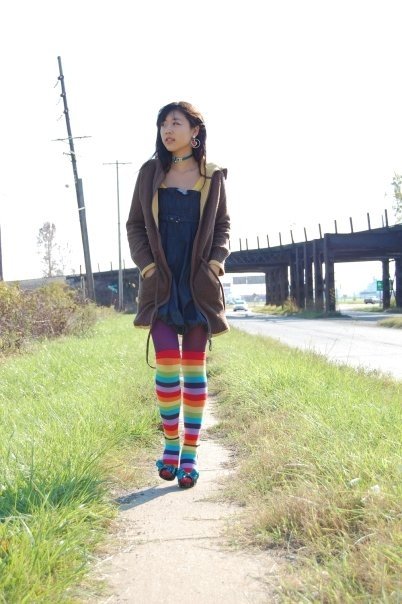it's always great to discover art (the kind with a capital A) directly functioning in the world. although i'm not exactly sure how developers could actually go about designing products that require empathy and patience from the consumer while still maintaining a profit, but i suppose it starts with perspective and the right intention. in many senses, i often keep my audience in mind when i am creating work, whether or not they have an appreciation or association with the arts, which leads me to question a lot of things.. i suppose i forget that there's only so much i can do. to provide perspective or to change their minds is something I look to do, rather than to expect. there's only so much i can control.
anyways!
"Developed world consumer desires relentlesslygrow and flex, while material possessions remain hopelessly froen in time. This incapacity for mutual evolution renders most products incapable of sustaining a durable relationship with users... For centuries, the art world has been implicitely aware of the need for mutual evolution between the consumer and the consumed. Artistic expressions from traditional oil paintings to avant-garde installations are conceived as contemplative works, rarely surrendering all their meaning at a single glance. This is enabled by the presence not simply of meaning, but of layers of meaning that continually tantalize the onlooker to provide a lifetime of incremental revelations. In 1912, German psychologist Theodor Lipps propounded the theory that the appreciation of a work of art depended upon the capacity of the spectator to project his personality into the object of contemplation. Lipps claimed that 'one had to feel oneself into it'. He named this cybernetic process Einfuhlung, which tranlsates as 'empathy'. In their current guise, consumer products lack the sophistication and layered complexity for this degree of long-term empathy to incubate. Most consumer products relinquish their tenuous meaning to a single fleeting glance, while rarely delivering any of the life-altering rewards they so confidently promise. In this respect, waste is nothing more than symptomatic of a failed user/object relationship, where insufficient empathy led to the perfunctory dumping of one by the other."
from "Emotionally Durable Design: Objects, Experiences, and Empathy" Jonathon Chapman
Subscribe to:
Post Comments (Atom)

No comments:
Post a Comment